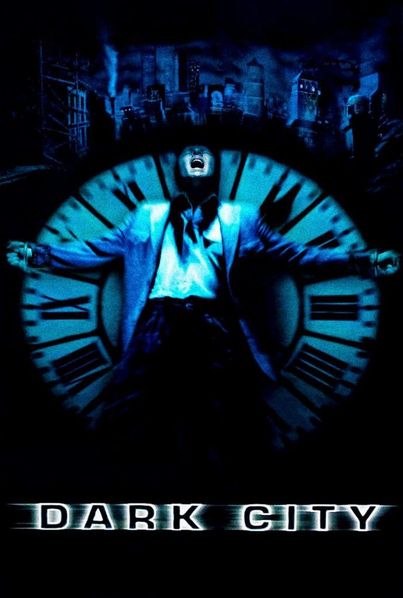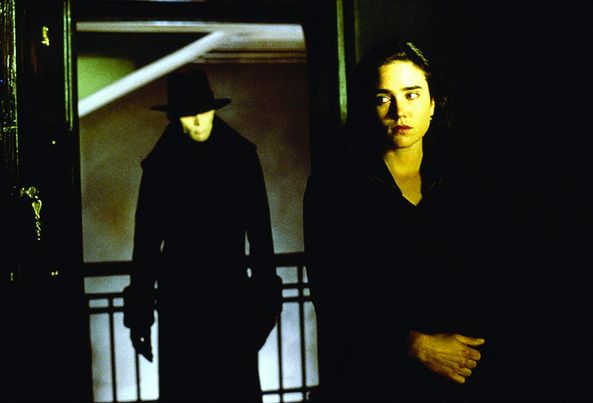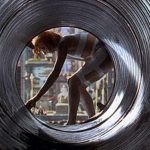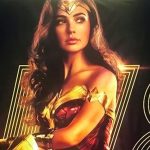Dark City (1998)

“Dark City” (1998): A Visually Striking Neo-Noir Thriller Directed by Alex Proyas
Released in 1998, “Dark City” is a visually stunning neo-noir science fiction thriller directed by Alex Proyas, known for his unique storytelling and atmospheric visuals. Featuring a compelling performance by Rufus Sewell as John Murdoch, the film explores themes of identity, memory, and the nature of reality. With its intricate plot, striking cinematography, and a haunting score by Trevor Jones, “Dark City” has garnered a cult following and is often regarded as a landmark in the science fiction genre.
The narrative follows John Murdoch, who awakens in a mysterious city with no memory of who he is or how he got there. As he attempts to piece together his identity, he discovers that the city is controlled by a group of enigmatic beings known as the Strangers, who have the ability to manipulate time and memory. These shadowy figures are conducting experiments on the inhabitants of the city, altering their memories in a quest to understand the nature of humanity. As Murdoch delves deeper into the mystery, he finds himself on the run from both the Strangers and the police, led by Detective Frank Bumstead (William Hurt), who is trying to solve a series of gruesome murders linked to Murdoch.

Alex Proyas’s direction is characterized by a dark, atmospheric style that perfectly complements the film’s themes. The cinematography by Dariusz Wolski employs a blend of shadowy visuals and elaborate set designs, creating a surreal and haunting environment that reflects the film’s noir influences. Proyas expertly builds tension throughout the film, immersing the audience in a world that feels both familiar and profoundly unsettling. The pacing is deliberate, allowing viewers to absorb the intricacies of the plot while maintaining a sense of urgency.

“Dark City” is primarily classified as a science fiction thriller, but it also incorporates elements of horror and mystery. The film raises profound questions about the nature of reality, free will, and the essence of human identity. As Murdoch confronts the Strangers and their manipulation of his memories, the narrative invites audiences to consider the implications of a world where individual identity can be so easily altered. This exploration of memory and consciousness adds depth to the film, making it a thought-provoking experience that lingers long after viewing.

The performances in “Dark City” are noteworthy, with Rufus Sewell delivering a captivating portrayal of John Murdoch. Sewell captures his character’s confusion and determination as he navigates a world filled with uncertainty. The supporting cast, including Jennifer Connelly as the enigmatic singer Emma, and Kiefer Sutherland as the mysterious Dr. Schreber, infuse the narrative with complexity and intrigue. Each character adds layers to the story, enhancing the film’s exploration of human relationships amid a backdrop of manipulation and control.

Upon its release, “Dark City” received generally positive reviews, with critics praising its ambitious storytelling and visual design. While it did not achieve significant box office success at the time, the film has since garnered a dedicated fanbase and is often cited as a precursor to later works in the neo-noir and science fiction genres. Its influence can be seen in films like “The Matrix,” which share similar themes of reality and identity.
In conclusion, “Dark City” is a masterfully crafted film that showcases Alex Proyas’s directorial vision and the talents of its cast. With its gripping narrative, stunning visuals, and profound thematic exploration, the film stands as a significant entry in the science fiction genre. As it delves into the complexities of identity and the manipulation of memory, “Dark City” invites viewers to question the nature of their reality, ensuring its place as a timeless classic in cinematic history.











